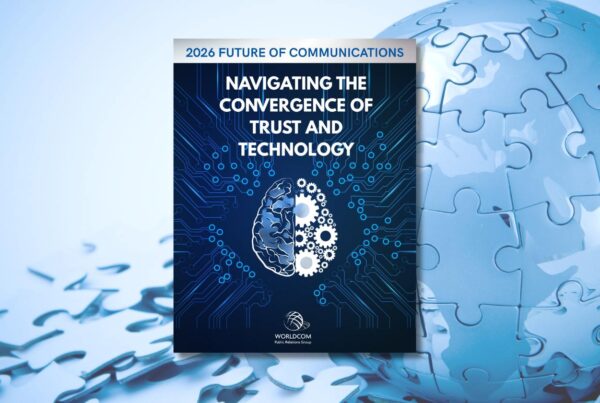By Stefan Pollack
This article originally appeared on Forbes.
Stefan Pollack is President and CFO of The Pollack Group.
In a world characterized by lightning-fast information exchange, the quaint notion of a neatly defined news cycle is nearly extinct.
The bygone news cycle was a harmonious ballet, a rhythmic interplay between media and the public. Newspapers adorned doorsteps in the morning, evening news illuminated television screens, and the public savored the stories at their leisure. Time was allotted for contemplation, conversation and silence. Today, however, the ballet has accelerated, and the once-distinct morning, afternoon and night demarcations have dissolved into a perpetual onslaught of headlines and alerts. Traditional newspapers and television news broadcasts now function as mere components in the unyielding machine of online news websites, social media and mobile notifications.
In this new reality, we are swept away by the current, unable to resist the pull of the headlines vying for our attention. We have transitioned from being passive recipients of news to dynamic participants in a global conversation that is always active and evolving.
Ironically, the more news we consume, the less we understand. The sheer abundance of information makes it a challenge to distinguish between essential and fleeting knowledge. The relentless news cycle also bears significant consequences for information consumption and processing. The human brain, having evolved over eons to process information in discrete chunks, is now bombarded by an unending stream of data. Unsurprisingly, our attention spans have waned, and our capacity to concentrate has diminished.
Perhaps the most insidious consequence of the relentless news cycle is the anxiety and unease it fosters. With each new headline comes a new crisis, controversy or tragedy. We are constantly reminded of the world’s afflictions but rarely granted the time to process, comprehend and address them.
So how do we navigate this audacious new world of information overload and ceaseless news?
First, intentional consumption is critical. We must curate reliable, diverse news sources and prioritize truly significant stories over sensational ones.
Second, we must carve out sanctuaries for contemplation and reflection, allowing ourselves to disengage and focus on the issues that matter most.
Third, we must cultivate a new type of conversation that celebrates nuance and complexity rather than succumbing to the temptation of polarized, binary thinking. In a world that never ceases to speak, we must learn to listen selectively and engage more thoughtfully.
Brands and organizations navigating this unending news cycle face a unique challenge: making their stories resonate amid all the noise. Here are key strategies to achieve that:
Craft compelling narratives: Emotionally and intellectually resonant stories are likelier to break through the information clutter. Concentrate on creating content that connects with your audience, highlights your brand’s values and offers a fresh perspective on an issue.
Leverage multiple channels: Utilize a combination of traditional media, social media and owned content platforms to reach your audience. By diversifying your approach, you can increase the likelihood of your message being seen and heard.
Prioritize quality over quantity: In the race to keep up with the unending news cycle, it’s easy to fall into the trap of constantly churning out content. However, inundating your audience with low-quality stories can be counterproductive.
Stay ahead of the curve: Monitor trends and emerging issues relevant to your industry and be prepared to respond quickly and thoughtfully.
Build relationships with key influencers: Cultivate connections with journalists, bloggers and influencers in your industry.
Emphasize authenticity: In a world where trust in media and institutions is at an all-time low, authenticity is more important than ever.
Encourage thought leadership: Position your C-suite executives as thought leaders in their industry or field by creating insightful content demonstrating their expertise and providing valuable insights.
In this brave new world, we can stand above the relentless chatter of the news cycle noise by embracing the unceasing symphony of information, harnessing its power, and ultimately redefining our relationship with the news.






